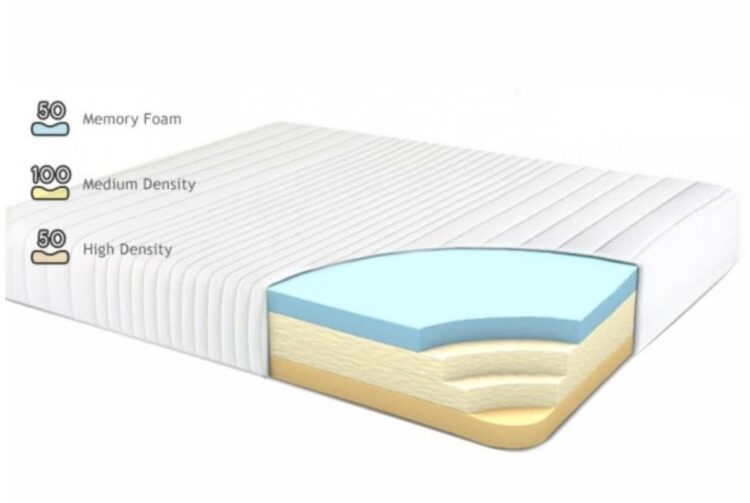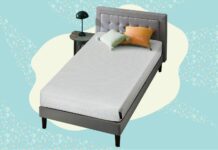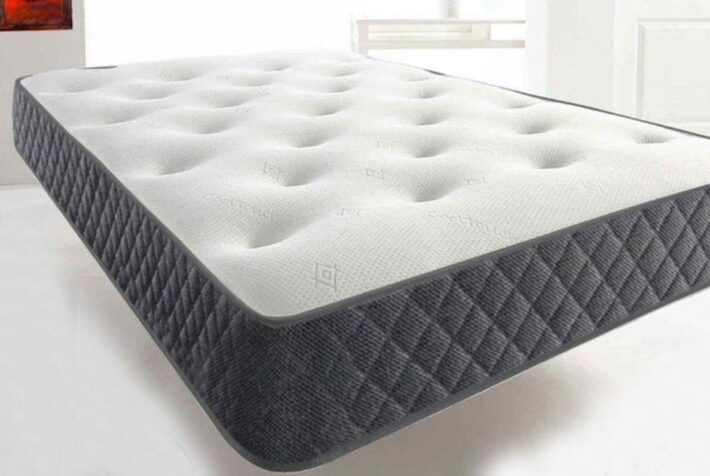
We spend a great deal of time sleeping. Recent studies suggest that for an average, western lifetime if you add up the total time, we spend up to 26 years actually asleep and as much as 7 years trying to get to sleep. That is a very significant percentage of our time. As such it definitely makes sense to ensure that something which occupies so much of our lives is made as comfortable as possible. This is especially important when you consider all the health benefits of a good rest.
The main interface we have with our bed, and the thing that determines the quality of our night time experience is the mattress. There are many different types of mattresses on the market, latex, pocket sprung, coil, continuous spring, and memory foam to describe a few. We are going to examine the memory foam mattresses specifically and the factors that go into choosing the right one for your bedtime requirements.
Although we have all heard of memory foam it is worth taking a moment to revisit its origin and history. As will become clear the memory foam mattresses of yore were very different from the improved ones now on the market.
A good place to start is with the Wikipedia entry on memory foam. It was originally created for NASA in order to make safer aircraft cushions. Because of the expense at the time the original applications were limited to the aircraft cushions and later on to medical needs such as beds for burn victims or those suffering from pressure sores. The fact that it evenly distributed the support in a responsive fashion around the body meant that there were no individual points of pressure to cause the patients further damage. It added comfort even to those in actual medical distress.
As memory foam production became cheaper it entered into more widespread use and is found in all sorts of areas, in shoes or the base of wheelchairs.
It is a polyurethane foam that has properties that make it ideal for such things as cushions and mattresses. It is temperature sensitive, the denser memory foams mould around weight placed on them and become softer and more pliable in response to temperature such as body heat.
There are many different variations of the memory foam mattress, and you can read more here. Let us look now at the factors that could, and should, influence your choice.
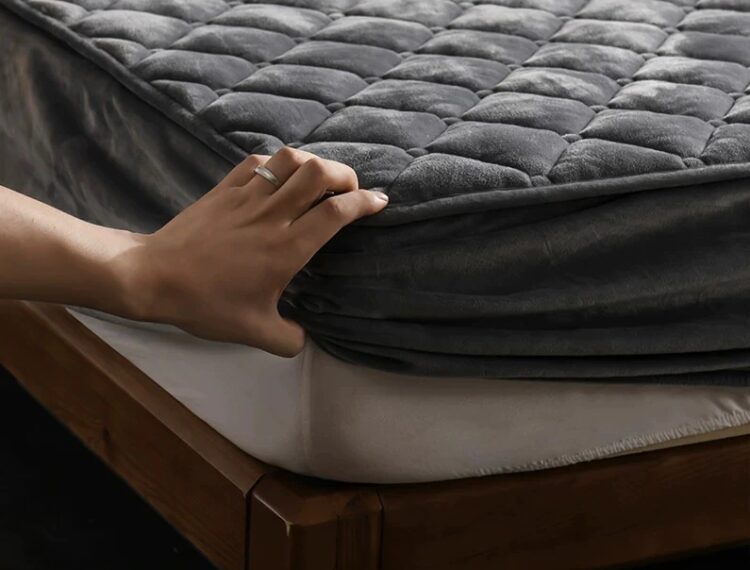
It is amazing just how many dust mites accumulate in our bedding. This can trigger allergies in people which is something to be avoided. Any steps we can take to reduce allergy or exposure to allergens are good so one thing to do is to look for a hypoallergenic memory foam mattress. Proper gel micro foam mattresses tend to be the best at resisting dust mite infestation.
You are going to have to look after this mattress and the suggested best lifetime for replacement is 8 years. You therefore want to make sure that it will be easy to maintain for those eight years. Another port of call is having a look in review sites and specifically target what people have to say about their experiences of cleaning these mattresses.
Try to ensure that the mattress you go for is a second or third generation one. These have a structure of open cells which is far more responsive to the heat and weight of the sleeping body, moulding around it without the heavy, slow to react imprints of earlier generation mattresses.
When talking about the age or generation of the mattress another thing to look out for when hunting the best ones are how they meet fire retardant regulations. Some older mattresses used to use a chemical compound called a PBDE as a way of suppressing the spread of fires. Fortunately, at least in the EU, these are now banned by legislative regulations, but it is still worth taking a look at the label to be sure of what you have purchased.

Look at the structure. As mentioned, newer ones tend to be open cells. Another advantage of open cell memory mattresses is that there is less heat retention, and it dissipates faster. Meaning that especially in summer you are not enfolded in a clammy, sweltering grasp from your own mattress.
Take a look at the foam density. Now this will very much be a matter of personal preference, but memory foam mattresses are ranked by density metrics where you can actually see the numbers for a specific mattress. Obviously the more dense the mattress the firmer support you will get. So you need to balance your desired degree of support with the comfort of moulding more and quicker to your shape. A more dense mattress will, unsurprisingly, be less swift to respond and match the sleepers shape. It will also be slower to return to its original shape which may or may not be a concern for you. The density is measured in pounds per foot cubed (or kilograms per meter cubed). Density measures typically range from as little as 1.5 lb/ft3 ( or 24kg/m3 ) to as much as 8 lb/ft3 ( or 128kg/m3 ). This is one place where a virtual purchase is not recommended and there is just no substitute for actually getting to feel, press and lie on one in a store. The lower density memory foams are likely not to last as long and would not be the first choice. Although memory foam can be quite an expensive choice when compared to some of the other variants the comfort and longevity of a really good one makes it well worthwhile. It is best to go for the middle to upper end of the density range if you want to make the 8-year replacement cycle as a very minimum lifetime.
You may have heard of the concept of ‘off gassing’. This is the process of volatile organic compounds, or VOC’s, used in production breaking down and giving that ‘new’ smell so many things have. Consideration should be given as well to the mattresses that have the lowest reported VOC content and off gassing behaviours. This does reduce over time and can be mitigated by removing the mattress cover in an open area or well-ventilated room and letting it sit for a day or two to settle down.
When looking to purchase memory foam mattresses, there are several options available to consumers. One of the most convenient and popular avenues is online shopping. E-commerce platforms like Amazon, Wayfair, and Overstock offer a wide variety of memory foam mattresses from different brands, allowing customers to compare prices, read reviews, and have the product delivered directly to their doorstep.
Additionally, brick-and-mortar stores such as mattress retailers, department stores, and furniture outlets also carry memory foam mattresses made in Canada or other local products. These physical stores provide the advantage of trying out the mattresses in person and receiving immediate assistance from sales associates. Ultimately, the choice between online and in-store purchasing depends on personal preference, convenience, and accessibility.
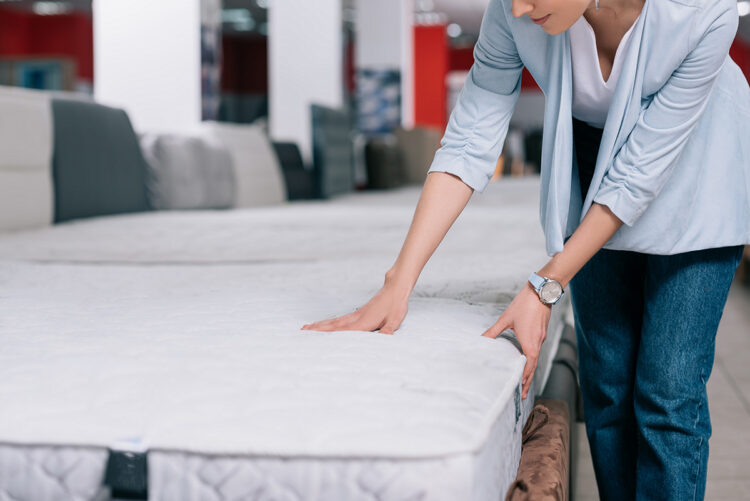
This information should let you zero in on the perfect memory foam mattress for your bedroom. Happy and comfortable sleeping.!

